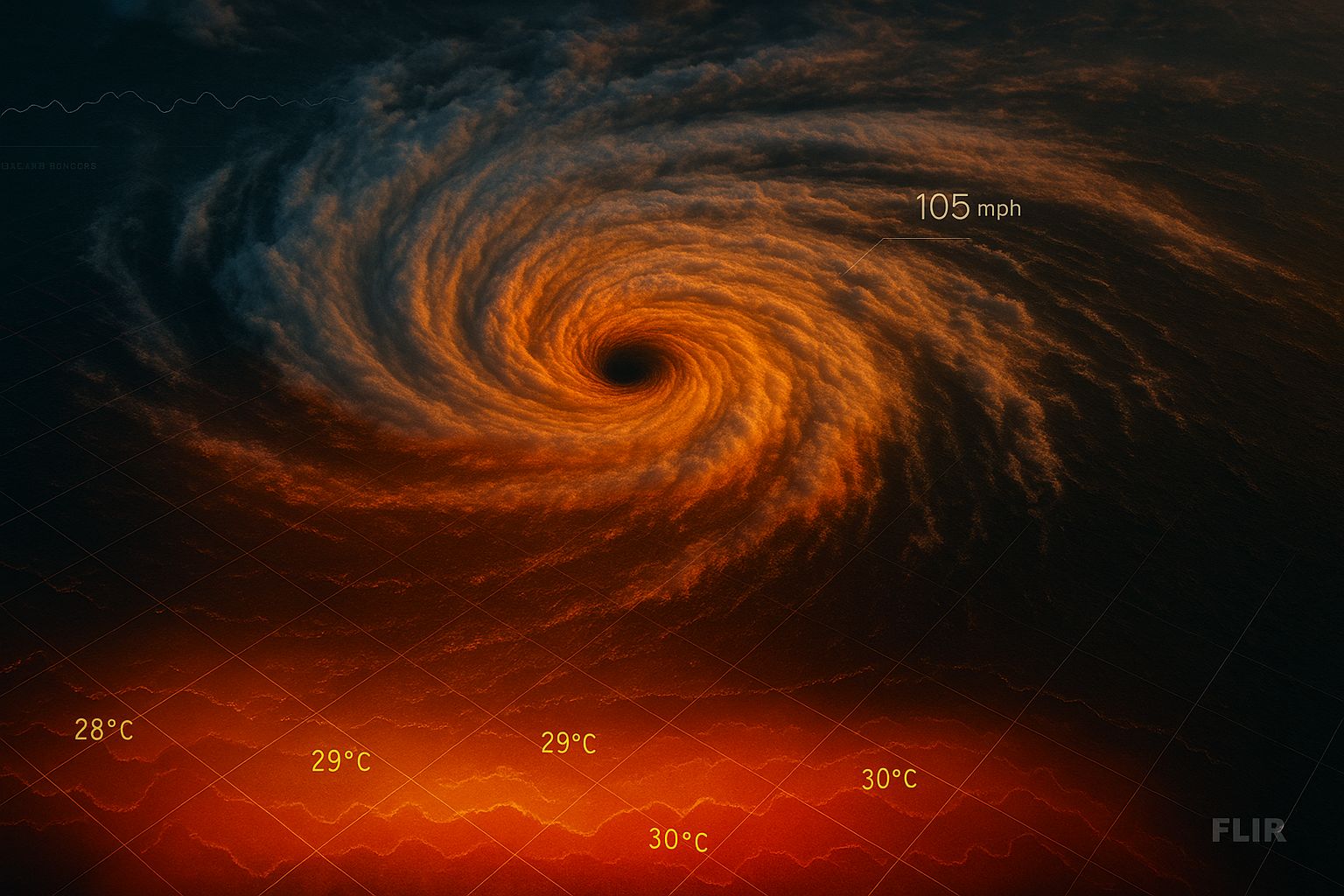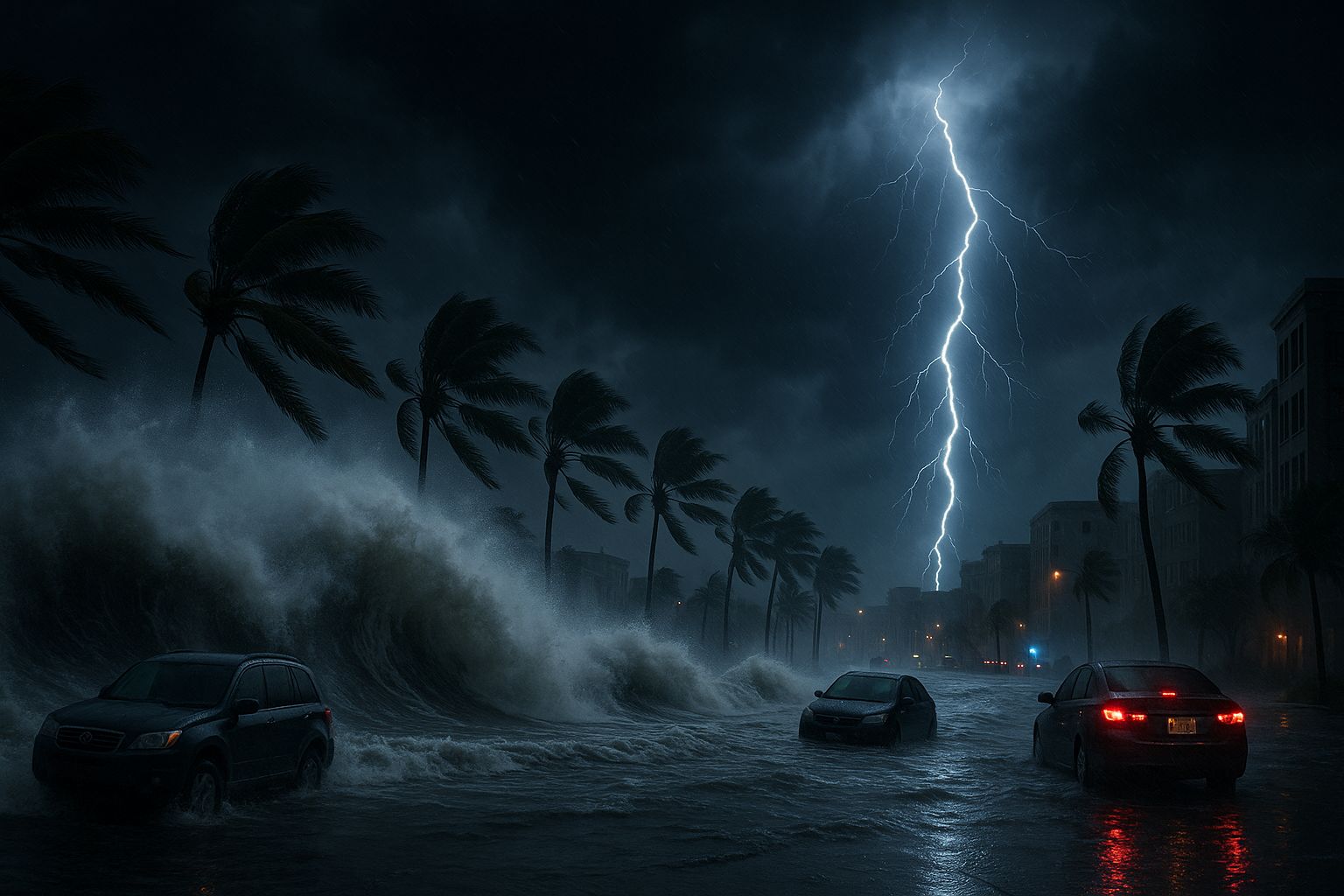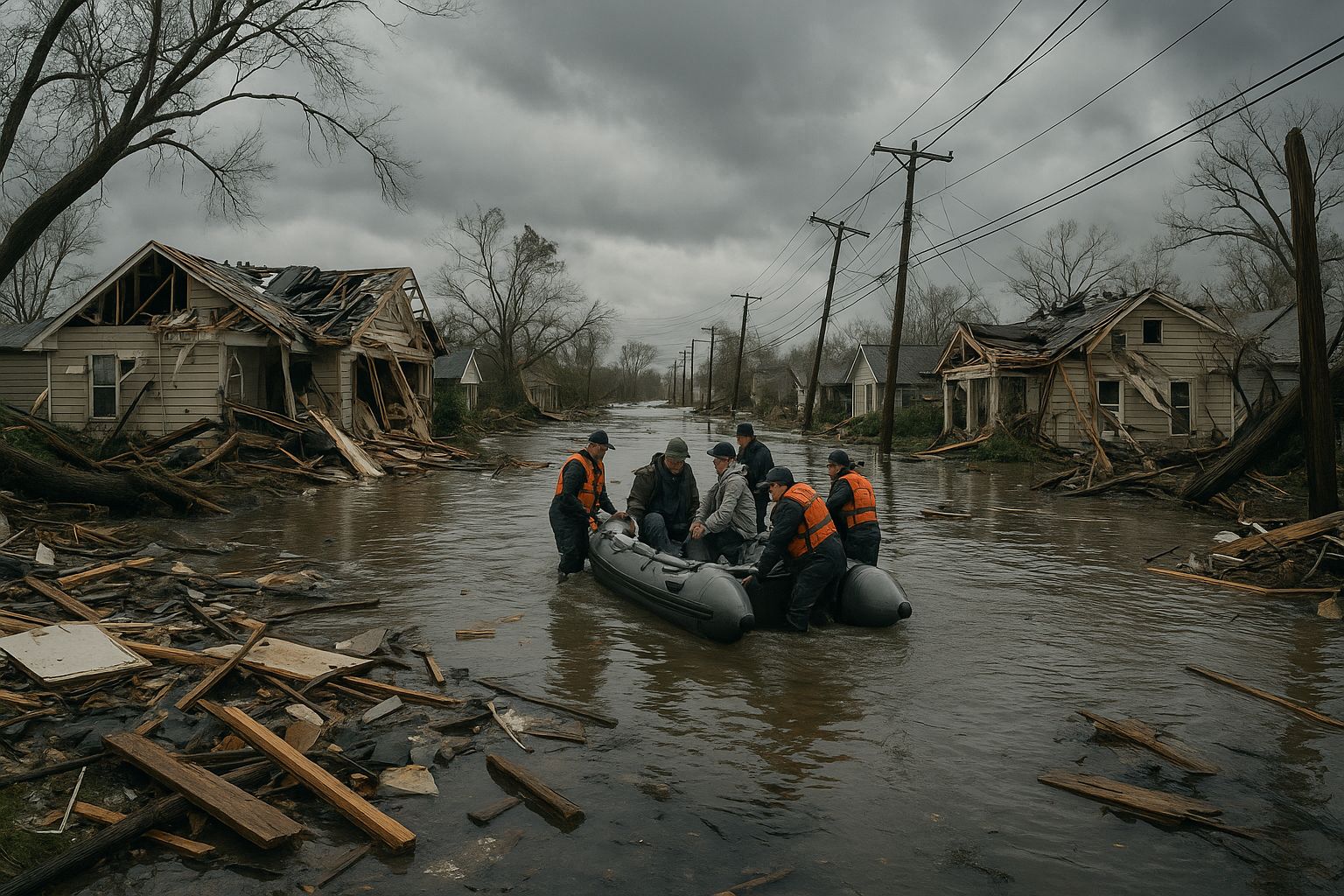- Green Glow
- Posts
- 🌱 Climate Change’s New Warning: Hurricanes Are Intensifying Faster Than Ever 🔥🌊
🌱 Climate Change’s New Warning: Hurricanes Are Intensifying Faster Than Ever 🔥🌊
Hurricane Melissa’s explosive rise to Category 5 strength highlights how warming oceans are fueling faster, deadlier storms. Learn how climate change is accelerating hurricane intensity and reshaping our planet’s storm systems.
Hurricane Melissa has become a chilling symbol of a new era of extreme weather. Within just a short span, it strengthened from a manageable tropical storm into a Category 5 monster, leaving meteorologists stunned. Scientists say this kind of rapid intensification is no longer an anomaly — it’s becoming the new normal in a world where oceans are hotter than ever before.
Table of Contents

The Science Behind Rapid Intensification
Hurricanes draw their power from warm ocean waters. The warmer the sea surface, the more moisture and heat energy a storm can absorb. In recent years, record-high sea temperatures — especially across the Atlantic and Caribbean — have turned these regions into fuel tanks for destructive storms.
According to climate researchers, every 1°C increase in ocean temperature can raise a storm’s potential wind speed by 3–5%. This means a storm that once would have peaked as Category 2 could now reach Category 4 or 5 under similar conditions.
“The ocean is like a battery — and climate change is overcharging it,” said one NOAA scientist interviewed for the AP report.
Hurricane Melissa: A Case Study in Climate Acceleration
Melissa’s rapid transformation was driven by unusually warm waters in the Atlantic, some reaching above 30°C (86°F). Combined with moist air and low wind shear, the storm exploded in strength overnight.
Meteorologists have long feared this scenario: a storm that catches forecasters — and entire coastal regions — off guard by intensifying faster than emergency systems can respond. Melissa’s development validated those fears.
A Shrinking Window for Evacuation and Response
In past decades, coastal communities could rely on 48- to 72-hour forecasts to prepare for a major hurricane. Now, with storms like Melissa intensifying in less than 24 hours, that safety margin is disappearing.
This trend raises grave concerns for disaster management, particularly in densely populated or low-income regions where evacuation takes time and resources. Emergency planners are calling for real-time satellite monitoring, faster alert systems, and climate-resilient infrastructure to meet the challenge.

The Bigger Picture: Oceans on Fire
2024 and 2025 have seen some of the warmest global sea-surface temperatures on record. Marine heatwaves — stretches of abnormally hot water lasting weeks or months — have become frequent across the North Atlantic and Gulf of Mexico.
These conditions don’t just make hurricanes stronger — they also disrupt marine ecosystems, bleach coral reefs, and alter global weather patterns. The same heat that powered Hurricane Melissa is stressing the planet’s climate systems from the ocean floor to the upper atmosphere.
What Comes Next?
Experts warn that the combination of warming oceans, rising sea levels, and shifting atmospheric patterns will likely make future hurricanes more destructive and more unpredictable.
However, there’s still room for mitigation. By reducing greenhouse-gas emissions, improving early-warning technology, and reinforcing coastal infrastructure, we can adapt to — and even slow down — the worst effects of this new storm era.
As climate scientist Dr. Kerry Emanuel once put it:
“We can’t stop hurricanes, but we can stop making them worse.”

Conclusion
Hurricane Melissa isn’t just another name on the list — it’s a climate message written in 150-mph winds. The oceans are telling us something loud and clear: the planet is warming, and the storms are responding.
Each hurricane season is now a test — not just of forecasting and preparedness, but of our global commitment to change course.
FAQs
Why are hurricanes intensifying faster now?
Hurricanes are intensifying faster because ocean temperatures are rising due to climate change. Warmer seas provide more heat and moisture — the energy sources hurricanes rely on. When sea-surface temperatures climb above 26–27°C (79–81°F), they create ideal conditions for storms to strengthen quickly.
What does “rapid intensification” mean?
“Rapid intensification” occurs when a hurricane’s maximum sustained winds increase by at least 35 mph (56 km/h) within 24 hours. Scientists have observed that this phenomenon is happening more frequently as ocean waters warm and atmospheric conditions become more favorable for storm growth.
Is climate change directly causing hurricanes?
Climate change doesn’t create hurricanes, but it makes them stronger and more dangerous. Rising sea temperatures, higher humidity, and changing wind patterns enhance hurricane intensity, rainfall, and duration. In short — climate change acts as a “booster” rather than a creator.
What role did warming oceans play in Hurricane Melissa?
Hurricane Melissa’s explosive growth to Category 5 strength was fueled by record-breaking sea temperatures. The unusually warm Atlantic acted like high-octane fuel, providing the energy Melissa needed to strengthen rapidly and reach catastrophic wind speeds.
Can better forecasting reduce the damage from stronger hurricanes?
Yes — but forecasting must evolve with the new climate reality. Rapidly intensifying storms leave less time for preparation, so meteorologists are using advanced satellite data and AI modeling to predict sudden changes in storm strength more accurately.
You May Also Like
External Links
Follow Us:
X: https://www.x.com/greenglownews
Youtube: https://www.youtube.com/@greenglownews
Instagram: https://www.instagram.com/greenglownews
Sponsored Links